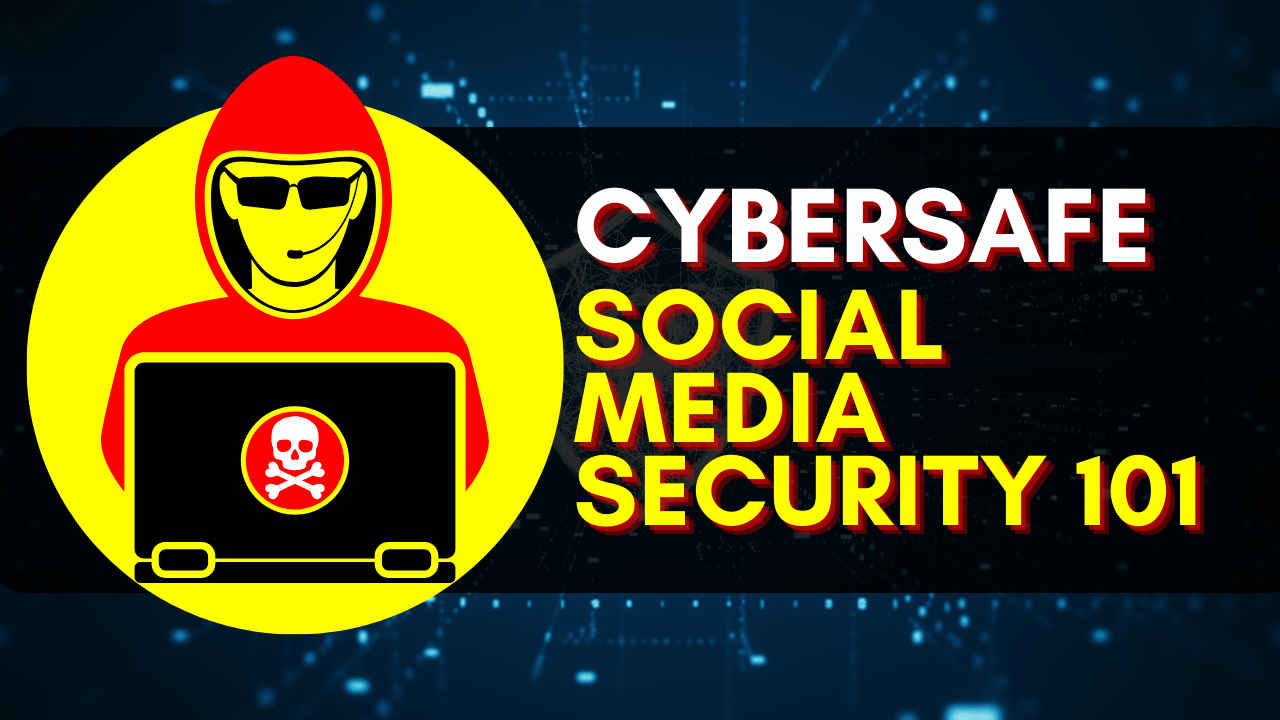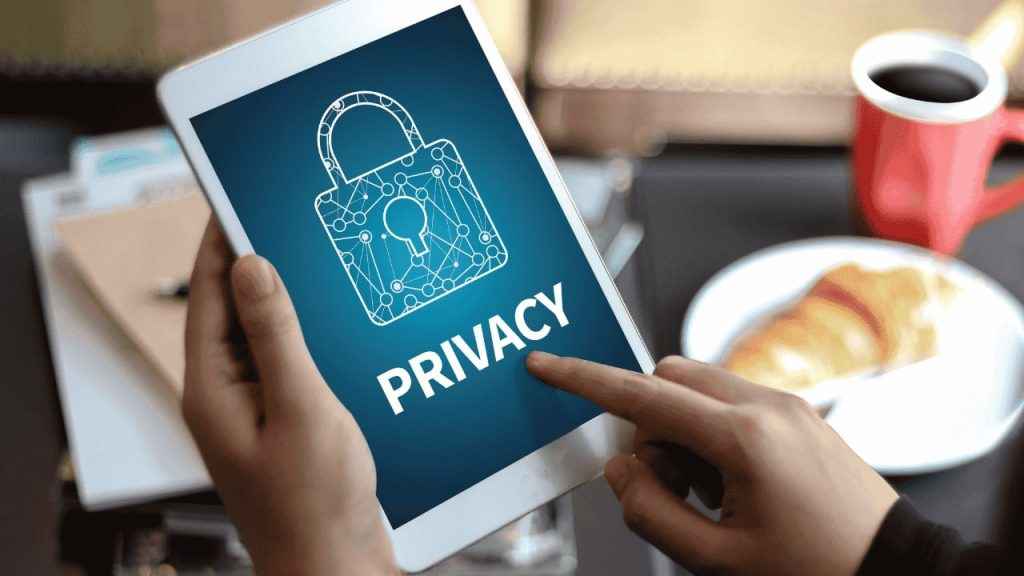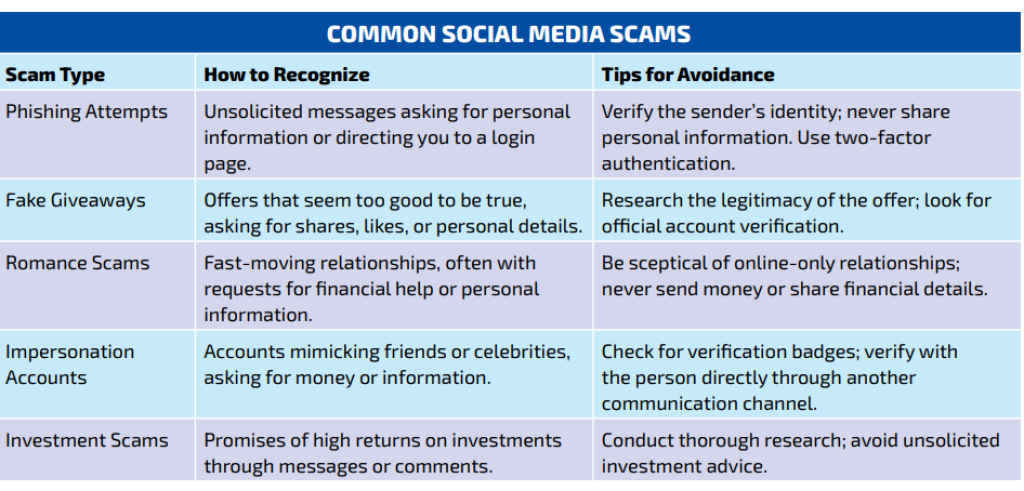Social media security 101: How to protect your digital life

In the digital era, social media platforms serve as both a bridge connecting diverse global communities and a battleground for privacy and misinformation. As these platforms become ingrained in our daily lives, the imperative to navigate them safely has never been more critical. We try to delve into the nuances of social media security, focusing on optimising privacy settings, discerning and managing the influx of information, and understanding the implications of what we share online.
 Survey
SurveyAlso read: How to defend against social engineering attacks: Cybersecurity’s human element
This article aims to empower users with the knowledge to protect their digital selves effectively and foster a more secure, authentic online ecosystem.
Privacy settings on social media are your first line of defence in safeguarding your personal information and controlling your digital footprint. Yet, navigating these settings can often seem complex and overwhelming. Understanding and properly configuring your privacy settings is crucial in maintaining control over who sees your content and personal information.

Understanding Privacy Settings
Social media platforms offer a range of privacy settings allowing users to control everything from who can view their posts to who can tag them in photos. These settings are essential for managing your online visibility and protecting your information from unwanted eyes.
Also read: Mastering password security: How to create strong passwords with Multi-Factor Authentication
Customising Privacy Settings
Facebook:
- Accessing Privacy Settings: Click the dropdown arrow in the top right corner and select “Settings & Privacy,” then “Privacy Shortcuts.”
- Adjust Your Sharing Defaults: Look for “Who can see what you share” and select “Only me” or “Friends” to limit the audience for future posts.
- Review Past Posts: Use the “Limit Past Posts” option to restrict visibility of old posts to just your friends or yourself.
Instagram:
- Private Account Setting: In the app, go to “Settings,” then “Privacy.” Toggle on the “Private Account” option to ensure only approved followers can see your posts.
- Story and Tagging Controls: Under “Privacy,” adjust who can see your stories and who can tag you in posts to further safeguard your privacy.
Twitter:
- Protect Your Tweets: Go to “Settings and Privacy,” find “Privacy and safety,” and check “Protect your Tweets” to make your tweets visible only to your followers.
LinkedIn:
- Profile Visibility: Navigate to “Settings & Privacy,” then “Visibility,” to adjust who can see your connections, email address, and profile sections.
Also read: How to protect from phishing attacks and practice safe browsing
Regular Privacy Check-Ups
Platforms frequently update their privacy features and policies, making regular check-ups a must. Every few months, revisit your privacy settings to ensure they still align with your preferences and make adjustments as needed.
How to identify fake news and misinformation
The rapid spread of fake news and misinformation on social media poses a significant challenge, influencing public opinion and even swaying elections. Being able to identify and manage these falsehoods is crucial in maintaining a well-informed online community.
Rise of Fake News
Social media’s structure amplifies sensational and often false content, exploiting human psychology for engagement. This phenomenon has led to widespread misinformation, requiring users to be vigilant and critical consumers of information.

Critical Evaluation of Information
- Check the Source: Verify the credibility of the information’s source. Look for other articles the source has published and read about their reputation.
- Cross-Reference Information: Look for the same news on reputable sites to confirm its validity. Utilise fact-checking websites like Snopes or FactCheck.org to verify stories.
- Evaluate the Evidence: Assess the article’s claims. Does it provide evidence or reference reliable data and experts? Be wary of sensationalist language designed to provoke emotional reactions.
Reporting and Combating Misinformation
Most social media platforms have mechanisms for reporting fake news and misinformation:
- Facebook: Click on the three dots next to the post and select “Find support or report post.” Choose “False Information” as the reason.
- Twitter: Click on the dropdown menu on the top right of a tweet and select “Report Tweet.” Follow the prompts, indicating the tweet is misleading.
Also read: How to secure your devices: Updates, antivirus and mobile protection

By staying informed about how to identify and manage fake news, users can contribute to a more authentic and reliable digital environment.
Risks of oversharing and how to avoid them
In the age of social media, the line between public and private life blurs, with many users sharing vast amounts of personal information online. While sharing is a fundamental aspect of social media, oversharing can expose individuals to risks such as privacy invasion, identity theft, and even physical harm. This section delves into the dangers of oversharing on social media and offers strategic advice to mitigate these risks, ensuring users can enjoy the benefits of social media without compromising their safety and privacy.
Understanding the Consequences of Oversharing
Oversharing on social media can lead to several unintended consequences, impacting both the individual and their network. These include:
- Privacy Invasion: Personal details can be pieced together by malicious actors to invade one’s privacy, leading to stalking or unwanted contact.
- Identity Theft: Sharing sensitive information like birth dates, addresses, or even vacation plans can make users vulnerable to identity theft.
- Cyberbullying and Harassment: Personal content can become fodder for cyberbullies, leading to harassment both online and offline.
- Professional Repercussions: Employers often review social media profiles, and inappropriate content can adversely affect current employment or future job prospects.
Setting Personal Boundaries
Establishing what is safe to share and what should remain private is crucial. Consider these steps to define your personal sharing boundaries:
- Reflect on Your Sharing Goals: Understand why you are sharing information online. Is it to keep friends and family updated, to network professionally, or to share hobbies and interests? Align your sharing practices with these goals.
- Identify Sensitive Information: Recognize information that should always remain private, such as your social security number, financial details, home address, and anything related to personal security.
- Think Before You Share: Before posting, consider the potential impact of your share on your privacy and safety. Ask yourself if this is something you would be comfortable with strangers knowing.
Also read: How to protect your data and privacy: Wi-Fi security, encryption, VPN explained
Educating Friends and Family
Your privacy is not only affected by what you share but also by what others share about you. Engaging in open discussions with friends and family about the risks of oversharing is essential.
- Set Clear Boundaries: Communicate your comfort levels regarding what others post about you, including photos, location check-ins, or personal information.
- Advocate for Mutual Respect: Encourage a mutual understanding of respecting each other’s digital boundaries. Offer guidance on how to share responsibly, emphasising the importance of consent before posting content involving others.

Leveraging Privacy Tools and Settings
Social media platforms offer various tools and settings to help manage your digital footprint:
- Review Tagging Settings: Platforms like Facebook and Instagram allow you to review and approve tags before they appear on your profile. Enable these settings to control what others can share about you.
- Use Audience Selectors: When posting, use audience selectors to control who can see your content. Consider creating custom lists for more sensitive shares.
- Periodic Privacy Check-ups: Regularly review your privacy settings and the content visible on your profile to ensure unwanted information is not publicly accessible.
Creating a Safe Sharing Environment
Fostering a safe sharing environment involves being mindful of the content you share and its potential impact on others:
- Promote Positive Sharing: Encourage sharing that contributes positively to the community, focusing on constructive and uplifting content.
- Be a Role Model: Set an example of responsible sharing, demonstrating mindfulness and respect for privacy in your online interactions.
- Support Others: If you notice friends or family oversharing or at risk, offer support and advice on how to manage their digital footprint more securely.
By understanding the risks associated with oversharing and implementing these strategic practices, users can navigate the complex landscape of social media with greater confidence and security. This proactive approach allows for the enjoyment of social connections and community building online while safeguarding personal privacy and well-being.
Also read: Cybersecurity 101: Common cyber threats and online safety concepts explained
Team Digit
Team Digit is made up of some of the most experienced and geekiest technology editors in India! View Full Profile